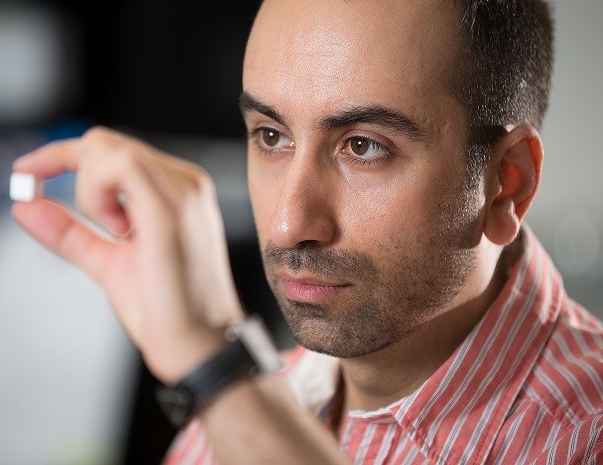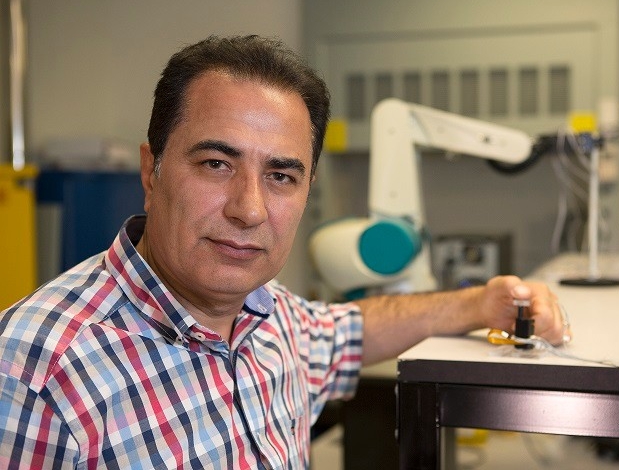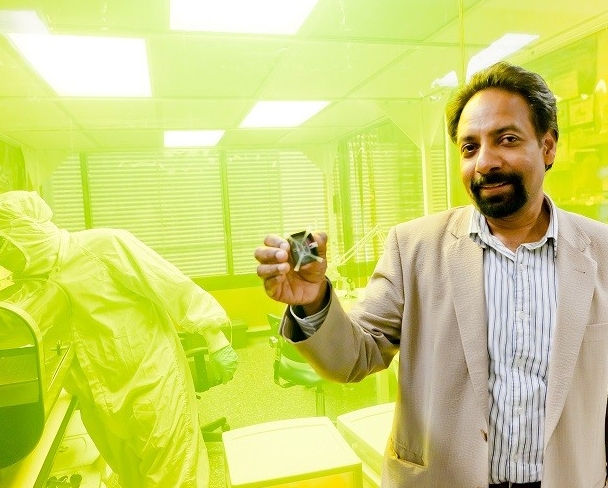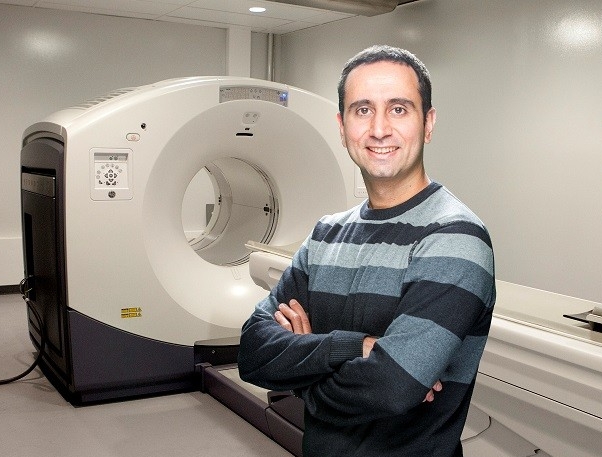According to a modern-day analysis of the 10-year Trojan War, which was waged sometime between the 11th century and 12th century in ancient Greece (and immortalized by Homer’s famous poem The Iliad), the death rate from arrow wounds was 42 percent, slingshot wounds, 67 percent, spear wounds, 80 percent, and sword wounds a staggering 100 percent. Many injuries were nothing less than a death sentence. Centuries later in the Vietnam War, the mortality rate for American soldiers who had suffered abdominal wounds was only 4.6 percent. By this point in history, any conventional army was typically followed by a second, smaller army as well versed in saving lives as their counterparts were in destroying them. Doctors, nurses and surgeons benefited from the latest medical equipment, and helicopters could rapidly convey the wounded from the battlefield to the bed.
From antiquity to the 20th century, a huge array of technology advances had radically altered, not just war medicine, but all of the health sciences. Engineers were behind many of the improvements. We are now on the verge of what has been described by Nobel Laureate Phillip Sharp as a “third revolution” in the life sciences, in which interdisciplinary collaboration among engineers and physical and computational scientists promises to unleash yet more innovations. Concordians are playing their part.


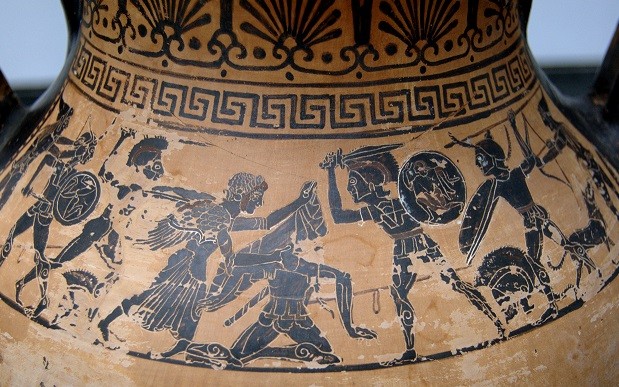 Aphrodite rescuing her son Aeneas wounded in fight, scene from The Iliad.
Photo by Bibi Saint-Pol (Own work) [Public domain], via Wikimedia Commons
Aphrodite rescuing her son Aeneas wounded in fight, scene from The Iliad.
Photo by Bibi Saint-Pol (Own work) [Public domain], via Wikimedia Commons
